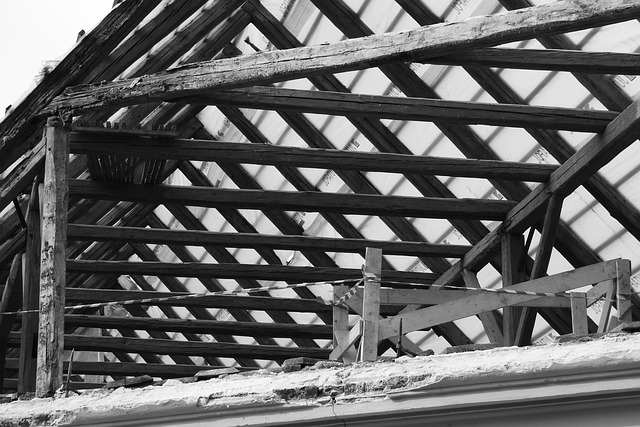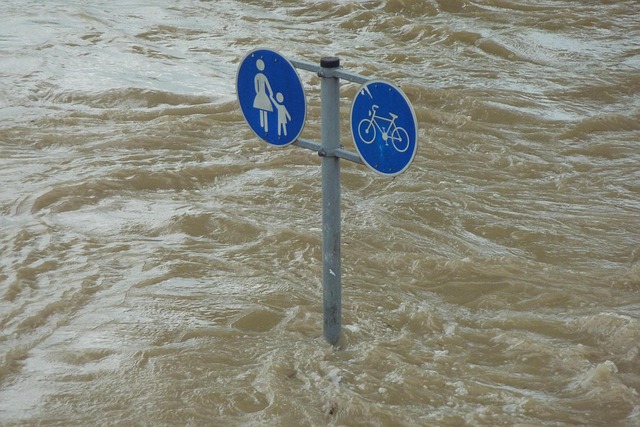San Antonio homeowners facing storm damage to HVAC systems require expert repair, focusing on thorough inspections and tailored solutions. Prompt documentation of damage and insurer communication are crucial for navigating claims efficiently. Choosing energy-efficient systems post-disaster benefits both home comfort and sustainability goals in San Antonio's recovery efforts.
After a storm hits, San Antonio homeowners often face the daunting task of assessing and repairing extensive damage. This includes crucial systems like HVAC units, which require timely replacement for safe, efficient cooling and heating. Navigating insurance claims and choosing energy-efficient systems are essential steps in disaster reconstruction. Learn how to assess storm damage, manage claims effectively, and select sustainable HVAC replacements tailored to San Antonio’s needs.
- Assessing Storm Damage for HVAC Replacement in San Antonio
- Navigating Insurance Claims for Homeowners' Heating and Cooling
- Choosing Energy-Efficient Systems Post-Disaster Reconstruction
Assessing Storm Damage for HVAC Replacement in San Antonio

After a severe storm, San Antonio homeowners often face the daunting task of assessing their property’s damages. The first step in this process is evaluating the health and functionality of their HVAC systems. Storm damage repair for San Antonio residents involves a thorough inspection to identify any compromised components. High-wind speeds and flying debris can cause significant harm to outdoor units, ducts, and ventilation systems, leading to reduced efficiency or complete failure.
During the assessment, experts consider factors like the age of the system, the intensity of the storm, and the extent of visible damage. This process ensures that replacement parts and services are tailored to meet the specific needs of each home. Timely intervention is crucial; prompt storm damage repair can prevent further complications and ensure a comfortable living environment for San Antonio homeowners.
Navigating Insurance Claims for Homeowners' Heating and Cooling

Navigating insurance claims for HVAC system replacement after a storm can be daunting, especially for San Antonio homeowners. The first step is to document all damage thoroughly, taking photos and keeping records of expenses related to repairs. This includes assessing the extent of heating and cooling system damage, as these are critical components that contribute to home comfort and safety.
Once this is done, homeowners should contact their insurance provider promptly to file a claim. It’s important to understand coverage details, including deductibles and specific exclusions for storm damage repair in San Antonio. A professional estimate from a reputable HVAC contractor can help streamline the claims process by providing clear documentation of necessary repairs, ensuring homeowners receive fair compensation for replacing their heating and cooling systems.
Choosing Energy-Efficient Systems Post-Disaster Reconstruction

When it comes to disaster reconstruction, particularly after a storm has hit San Antonio homes, choosing energy-efficient HVAC systems is a smart and sustainable decision. Not only do these systems help reduce utility costs for San Antonio homeowners in the long run, but they also contribute to environmental conservation – an essential aspect of sustainable rebuilding.
Energy-efficient models are designed to optimize cooling and heating performance while minimizing energy consumption, making them ideal for post-disaster scenarios where resources may be stretched thin. By selecting these systems, homeowners not only ensure their comfort but also play a role in mitigating the environmental impact of storm damage repair.
In the aftermath of a storm, San Antonio homeowners often face the daunting task of disaster reconstruction, including HVAC system replacement. This process requires careful assessment of storm damage, navigating insurance claims, and selecting energy-efficient systems to ensure comfort and resilience. By prioritizing these key steps, San Antonio residents can effectively recover from storms while making their homes more sustainable and cost-effective in the long term. Remember that choosing the right HVAC systems post-disaster reconstruction is a crucial step toward a smoother recovery process and enhanced home performance.
